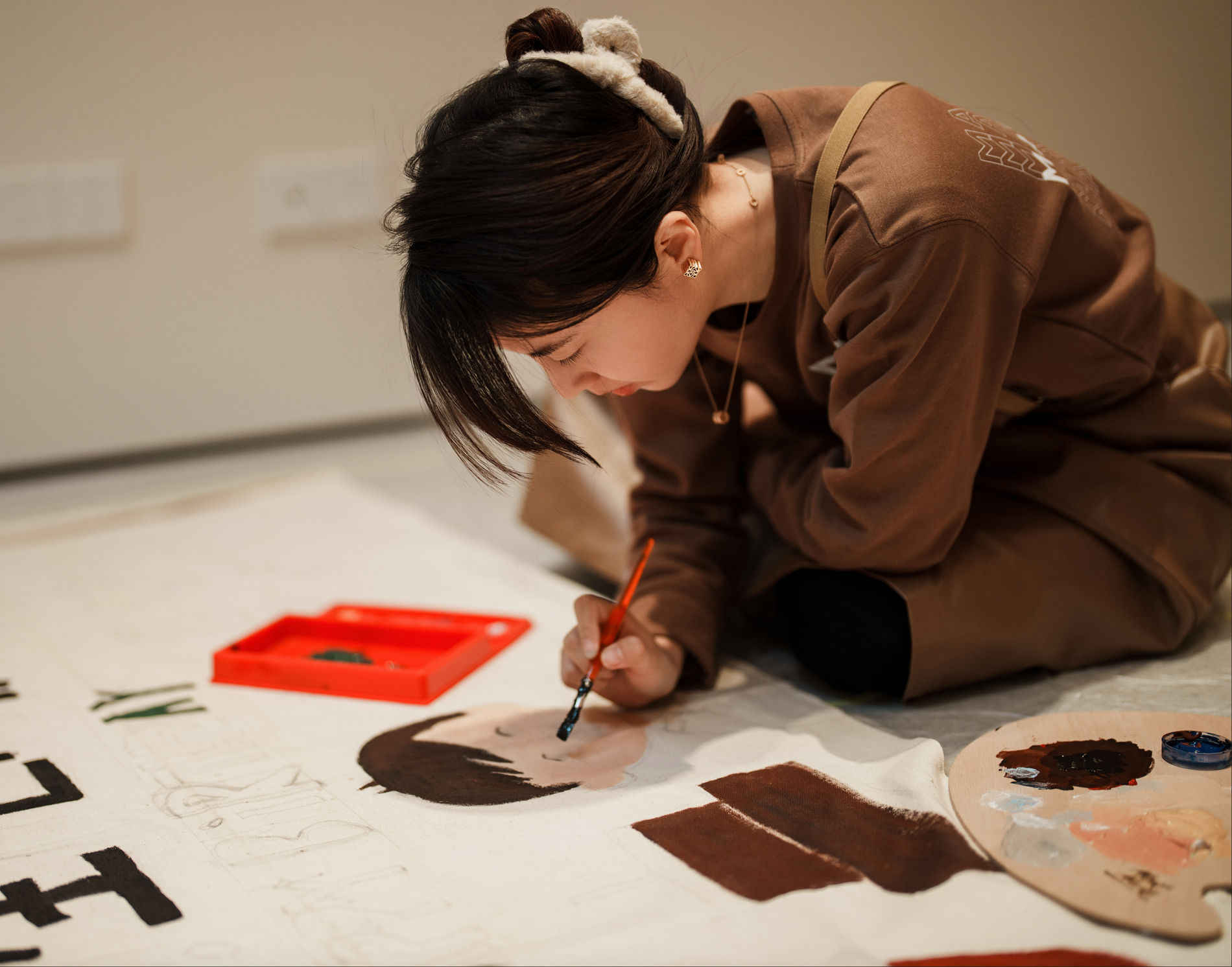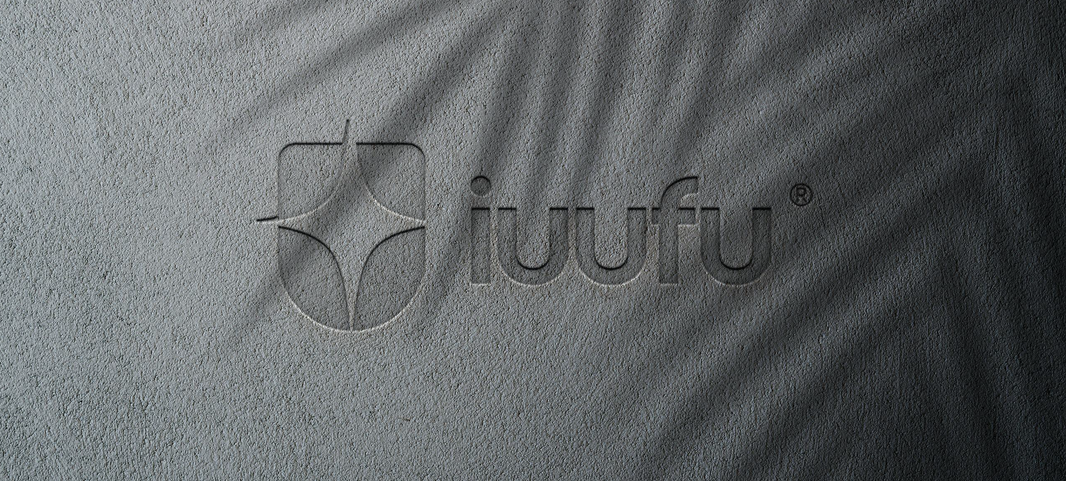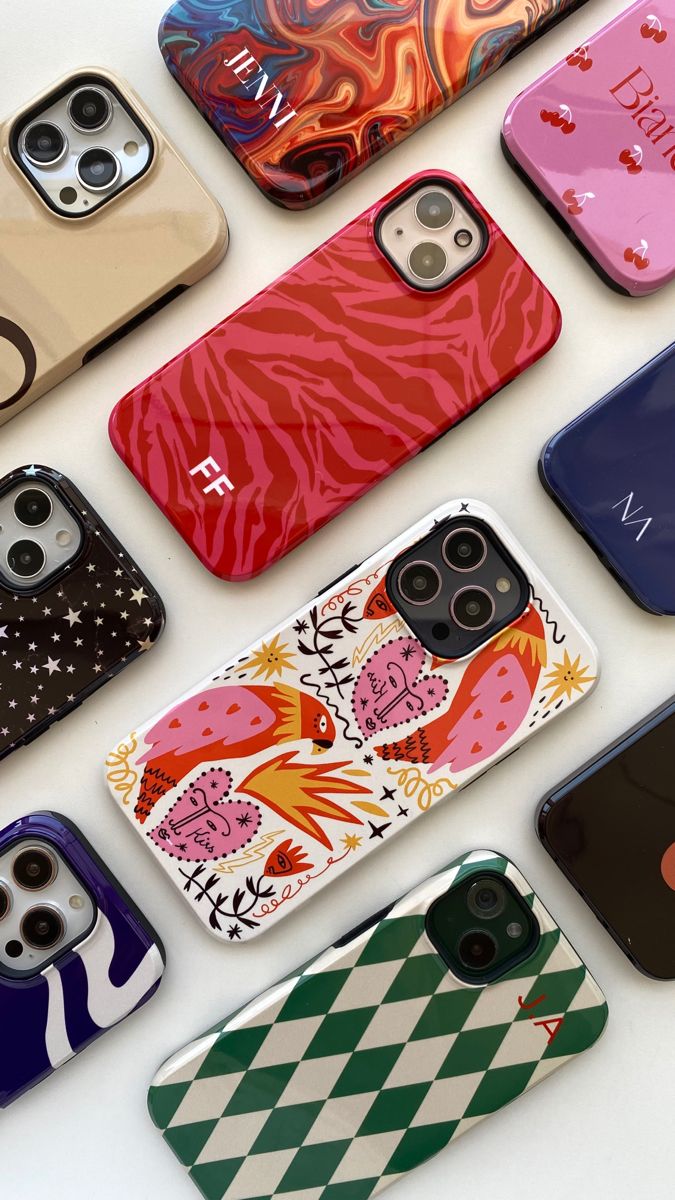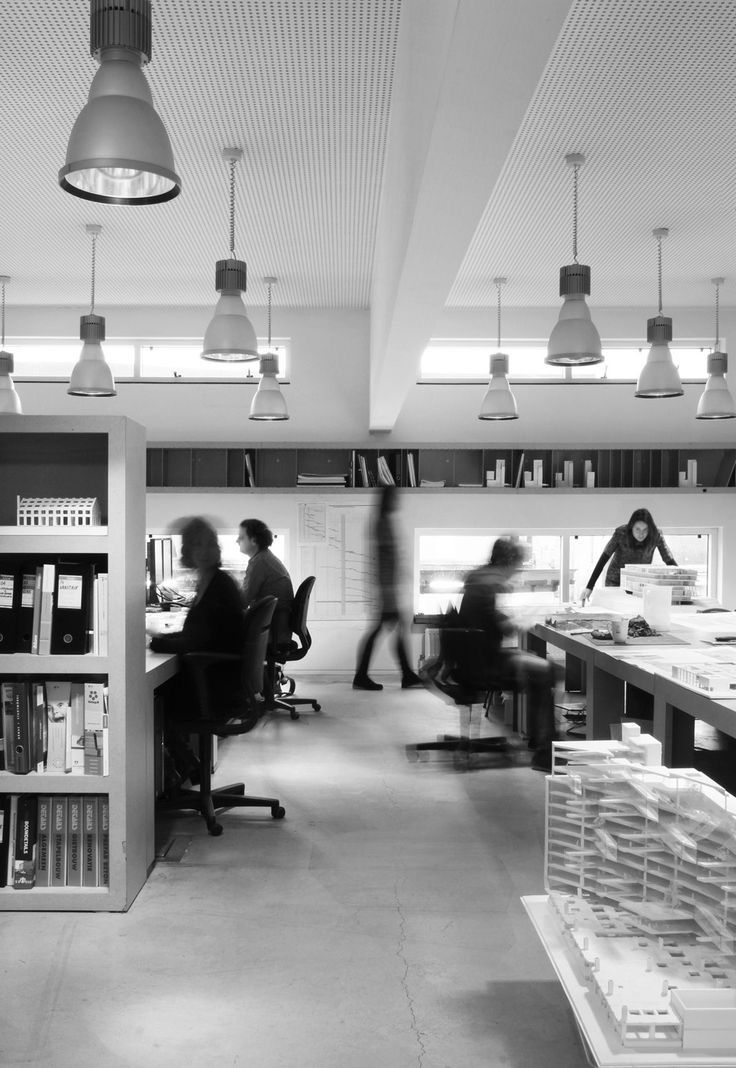Quiet Color, Clear Lines
Dek: Trained in fine arts and long recognized in China’s design industry, COCO led design teams at major internet companies before relocating to Japan to focus on art and photography. She paints, shoots, runs her own photo studio, and works from a spacious home studio where light and silence set the pace.

Prologue — morning, two desks
The day begins with a quiet decision: which desk.
In COCO’s home studio in Japan, one table holds sketchbooks and a row of sharpened pencils; the other keeps a camera with yesterday’s shoot still on the card. Sunlight creeps over the tape borders she places on paper to mark where not to go. On the shelf, a small tray of moss‑colored swatches waits beside a single coral note. “Restraint first,” she smiles. “Then one color that speaks.”
Before painting, she walks the room once, touches the window frame—habit—and opens a file of photos from the previous afternoon: a branch shadow sliding across a wall, the breath of steam from a street vendor’s kettle, a patch of vending‑machine blue that refuses to be ignored. Her work lives between these things: the strict backbone of a line and the tender permission of color.
The Conversation
Q · Where does a piece truly begin for you?
COCO: With structure. I do thumbnails to test weight and negative space, then lay a clean line to see if the idea can stand up. If the line isn’t honest, color only decorates confusion. Once the skeleton holds, I build color slowly and decide early which spaces must stay white so the picture can breathe. That patience comes from training and from years of design—learning that not doing can be the most decisive move.
Q · People call your palettes “quiet.” What keeps them quiet without becoming dull?
COCO: I protect quiet by refusing noise. I like bone, fog, moss—colors that whisper—then I give them one clear accent, maybe a precise blue from a river under a concrete bridge or a soft coral from a winter fruit on a market table. When the accent appears, everything else steps back. It’s like a room where only one person is speaking and everyone actually hears them.
Q · You led design teams in China. How does that discipline show up on the page?
COCO: Clarity and restraint. In critiques I used to ask, “If we remove the clever part, does the idea still stand?” That question follows me into painting and into the photo studio. I cross out strokes I admire but don’t need; I delete frames I like but don’t trust. Years in product taught me that attention is a limited resource. I try to spend it well.
Q · Why the move to Japan? Did the place change your work?
COCO: I wanted different light and a slower rhythm. Mornings here sit lower on the scale—soft, a little grey. It suits the silence I keep in my pictures. I also wanted a room large enough to move around a drawing, to step back and let the work speak at its own volume. The home studio gives me that distance; the city gives me a steady supply of small, respectful moments.
Q · Photography seems like a second language for you. How does it feed the drawings?
COCO: Photography teaches timing. Yesterday I watched a branch shadow travel across a wall; today that rhythm becomes a line. The camera teaches me when to wait. Drawing teaches me when to stop. Together they save me from both impatience and decoration.
Q · What does your day look like when you’re not rushing a deadline?
COCO: Coffee, light check, thumbnail sketches. I’ll open the moss & coral palette and test five tiny harmonies. By late morning I move to the other desk, scan a previous piece, or grade a shoot. Afternoons belong to long lines and slow color, with the window slightly open even in winter. If I’m careful, the house keeps the same temperature as the paper.
Q · What would you tell a designer crossing into personal art?
COCO: Keep a daily line practice—thirty minutes, one subject for a week: a cup, a leaf, a hand. Draw it until you stop describing it and start seeing it. And schedule time to remove things. Editing is not a punishment; it’s a shape‑making tool.
Q · What do you hope people feel when they live with your work?
COCO: Ease. A picture that steadies a room instead of competing with it. If someone writes to say their desk feels calmer, I know the line held.

A day in the photo studio
The studio smells faintly of fresh paper and gaffer tape. COCO lifts the shutter, checks the sweep for dust, and watches the first strip of daylight measure itself across the floor. She prefers simple setups: one large soft source and a polite fill, nothing theatrical. On days like this she’s shooting portraits, or small still‑life notes—an empty glass, a folded linen shirt, a branch from the sidewalk trimmed to fit a vase that doesn’t insist on being looked at.
She works quietly, waiting for hands to settle. Her direction is minimal: “Breathe,” “Look at the light, not at me,” “Let your shoulders remember where they live.” When the shutter clicks, she does not rush to the screen. She trusts the timing she just asked for. Later, she will grade gently—skin tones first, then the relationship between the subject and the room. If a photo survives the cull, it’s because it stands up to silence.
In the afternoon she carries a few frames back to the home studio. The portrait’s shoulder line becomes a contour study; the corner shadow turns into a decision about where to stop a wash. She prints test strips and pins them to the wall next to drawings in progress, checking how paper whites argue—or agree—with each other. The conversation between camera and brush is constant and practical: how a highlight wraps, how grey chooses a temperature, how two quiet colors make room for a third one to speak.
By evening, she has a small sequence: a photograph that breathes, a drawing that holds, a palette card that might be tomorrow’s beginning. She powers down the strobes, tapes the next day’s tape borders, and leaves the room knowing the picture is already waiting for her.
Editor’s note
COCO’s work lives well with natural materials and unhurried rooms. Think light woods, linen textures, matte frames with a modest white mat. Her phone‑case, tote, and desk‑mat sets share the same logic: a restrained base and one deliberate accent. The work doesn’t ask for attention; it earns it.

Why we love this creator
COCO blends fine‑arts training with design clarity and a photographer’s timing. Her drawings don’t perform; they hold. The result is rooms that feel steadier, objects that feel kept, and pictures that stay kind even when you look at them for a long time.
Explore more in her collection at /collections/coco








